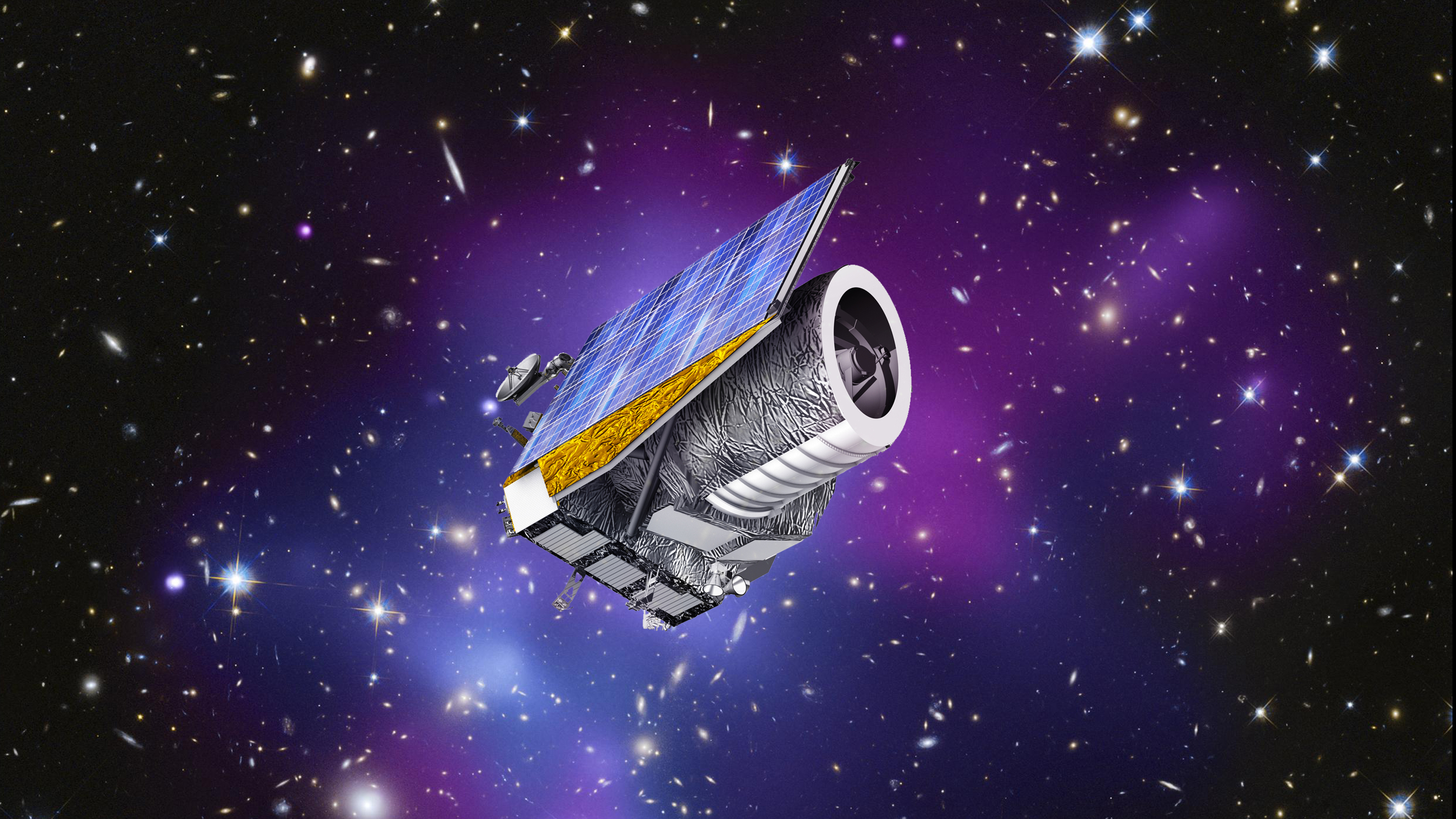The first test images from the Euclidean telescope, which was launched into space at the beginning of last month, were shared.
It was recorded that could make precise measurements until 6 billion years ago, when the universe began to expand.
The Euclidean space telescope, which aims to study dark matter and energy in the universe, released its first test images in Europe on Monday.
It was stated that the final capacity of the telescope was not used because these shared images were taken to verify and calibrate the operation of scientific instruments.
Giuseppe Racca, Euclidean Mission Manager at the European Space Agency (ESA), said: “It is exciting and very impressive to see these first images after more than 11 years of designing and developing Euclid.
Once fully calibrated, Euclid observed billions of galaxies, observing the largest 3D view of the sky ever made. will map it out.” used the expressions.
A TELESCOPE 1.5 MILLION KM FROM THE WORLD
After taking off from Florida on July 1, the European telescope, which NASA also participated in, was on its way to its target, which is about 1.5 million kilometers from Earth.
Euclid has two built-in instruments: an imager that observes in visible light (VIS) and a spectrometer that observes in the near infrared (NISP).
The first is designed to determine the precise shape of galaxies, and the second to determine their distance.
But when these two devices were powered on, scientists were terrified: The images were “contaminated” by an unexpected light source, ESA said.
The European agency explained that investigations into the cause of the problem said “light from the Sun probably leaked into the spacecraft through a small opening.” It has been noted that in order to detect faint light from distant galaxies, bright light from our own Sun must be blocked.
“By rotating the Euclidean, teams realized that this light was only detected in certain directions, so they could avoid certain angles and perform the VIS tool mission,” ESA said.
IT WILL MAKE PRECISE MEASUREMENTS ABOUT THE EXPANSION OF THE UNIVERSE
Thanks to its 3D map, the telescope will be able to make precise measurements of the distribution of galaxies and the expansion of the Universe thought to have begun 6 billion years ago.
Observed distant galaxies will make it possible to go back in time to 10 billion years ago, which is the time it takes for their light to reach us.
Thus, it is hoped that Euclid will be able to detect traces left by dark matter and dark energy during the formation of galaxies. The telescope is expected to begin its scientific activities in about two months.

